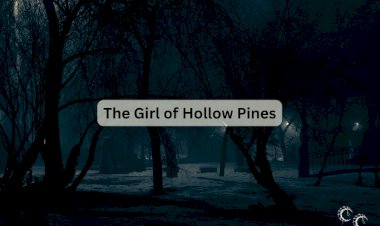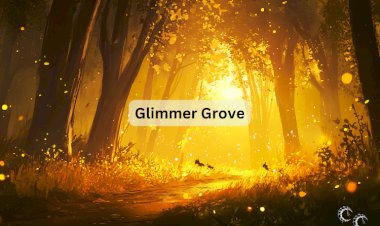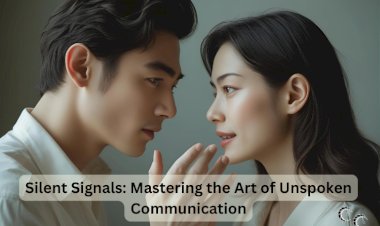Crafting Realistic Fight Scenes: Balancing Action and Authenticity

Hey all you budding authors and storytellers out there in the vast expanse of creativity! Are you ready to dive into the exhilarating world of crafting realistic fight scenes? Whether you're penning a high-octane action thriller or weaving epic battles into your fantasy epic, mastering the art of fight scene choreography is essential for captivating your readers and immersing them in the heart-pounding action. Join me as we explore the delicate balance between adrenaline-pumping excitement and authentic combat dynamics, and discover the keys to creating fight scenes that leap off the page with intensity and realism.
-
Know Your Characters: Before you dive headfirst into the fray, take the time to get to know your characters inside and out. Understand their unique fighting styles, strengths, weaknesses, and motivations, and tailor your fight scenes to reflect their individual personalities and skill sets. A battle-hardened warrior will approach combat differently than a novice fighter or a cunning rogue, so make sure their actions and reactions are true to their character arcs and development.
-
Research, Research, Research: One of the most crucial elements of crafting realistic fight scenes is conducting thorough research into the martial arts, weaponry, and combat tactics relevant to your story. Study real-life fighting techniques, watch martial arts demonstrations, and read firsthand accounts of combat experiences to gain insight into the mechanics and psychology of battle. Pay attention to details such as footwork, stance, timing, and the flow of movement, and incorporate these elements into your fight choreography to lend authenticity and credibility to your scenes.
-
Focus on Choreography: Just like a well-choreographed dance, a compelling fight scene relies on fluidity, pacing, and rhythm to keep readers engaged from start to finish. Plan out the sequence of movements and actions in advance, mapping out the ebb and flow of combat and building tension with each exchange. Balance moments of intense action with brief pauses for reflection or strategic planning, and vary the tempo and intensity of the fight to keep readers on the edge of their seats.
-
Sensory Immersion: Transport your readers directly into the heart of the action by engaging all five senses in your fight scenes. Describe the sights, sounds, smells, tastes, and tactile sensations of combat in vivid detail, allowing readers to experience every punch, kick, and clash of steel as if they were right there on the battlefield. From the metallic tang of blood in the air to the adrenaline-fueled rush of battle cries and the gritty texture of dirt beneath combatants' feet, painting a rich sensory landscape will enhance the realism and immersion of your fight scenes.
-
Embrace Imperfection: In the heat of battle, chaos reigns supreme, and not every move will be executed flawlessly. Embrace the messy, unpredictable nature of combat by incorporating elements of imperfection and improvisation into your fight scenes. Characters might stumble, make mistakes, or misjudge their opponents' intentions, leading to unexpected twists and turns in the course of battle. By allowing room for spontaneity and human error, you'll add depth and authenticity to your fight choreography and keep readers guessing until the final blow is struck.
-
Convey Emotion: Behind every swing of a sword or exchange of blows lies a wealth of emotion—fear, determination, rage, sorrow, and everything in between. Don't neglect the emotional undercurrents of your fight scenes; instead, use them to deepen character development, advance plotlines, and evoke a visceral response from your readers. Show the internal struggles and conflicting emotions that drive your characters into battle, and explore the psychological toll of violence on both the combatants and those caught in the crossfire.
In conclusion, crafting realistic fight scenes is both an art and a science, requiring a delicate balance of technical precision, narrative flair, and emotional resonance. By following these key principles and guidelines, you can create fight scenes that leap off the page with authenticity, excitement, and impact, leaving your readers breathless for more. So sharpen your quills, hone your combat skills, and prepare to unleash the full fury of your imagination as you embark on a thrilling journey through the realms of combat fiction.





























